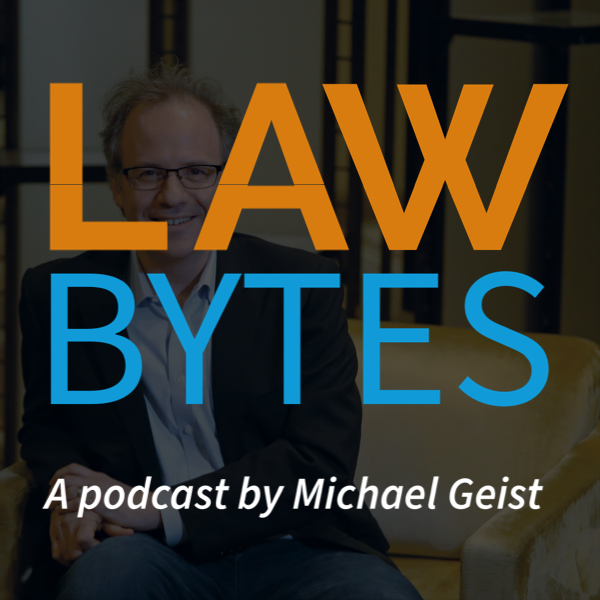Study Finds Canada Ranks As Most Expensive for Cellphone Plans
October 15, 2010
Share this post
5 Comments

Law Bytes
Episode 231: Sara Bannerman on How Canadian Political Parties Maximize Voter Data Collection and Minimize Privacy Safeguards
byMichael Geist

March 31, 2025
Michael Geist
March 24, 2025
Michael Geist
March 10, 2025
Michael Geist
Search Results placeholder
Recent Posts
 The Law Bytes Podcast, Episode 231: Sara Bannerman on How Canadian Political Parties Maximize Voter Data Collection and Minimize Privacy Safeguards
The Law Bytes Podcast, Episode 231: Sara Bannerman on How Canadian Political Parties Maximize Voter Data Collection and Minimize Privacy Safeguards  The Law Bytes Podcast, Episode 230: Aengus Bridgman on the 2025 Federal Election, Social Media Platforms, and Misinformation
The Law Bytes Podcast, Episode 230: Aengus Bridgman on the 2025 Federal Election, Social Media Platforms, and Misinformation  The Law Bytes Podcast, Episode 229: My Digital Access Day Keynote – Assessing the Canadian Digital Policy Record
The Law Bytes Podcast, Episode 229: My Digital Access Day Keynote – Assessing the Canadian Digital Policy Record  Queen’s University Trustees Reject Divestment Efforts Emphasizing the Importance of Institutional Neutrality
Queen’s University Trustees Reject Divestment Efforts Emphasizing the Importance of Institutional Neutrality  The Law Bytes Podcast, Episode 228: Kumanan Wilson on Why Canadian Health Data Requires Stronger Privacy Protection in the Trump Era
The Law Bytes Podcast, Episode 228: Kumanan Wilson on Why Canadian Health Data Requires Stronger Privacy Protection in the Trump Era

…
Not surprising. One thing of note…I think this study is wrong in one major point for Canada. I don’t think we can get unlimited data plans anymore. Can we? 5Gig is the largest data plan I know of at a whopping $80/mo (+$0.05/Mb over the 5Gig). This would make the Canadian cost considerably higher than the report states.
…
They’re basing the unlimited data on Sasktel. Perhaps the cheapest in Canada, but hardly representative. End note #25.
Not defending but…
Let’s not forget that in many countries you purchase the phone separately from the service. So the contract cost in Canada in the US includes a component for the companies to recover the cost of the phone. Unfortunately, the Canadian and US carriers generally don’t have a separate contract scheme for when the phone is no longer subsidized; you continue to pay back the subsidy even after you have paid it off.
This adjusts, but does not completely eliminate, the price differential.
anon-k,
You are correct I do not have a subsidized phone and I pay the same as everyone else. There was no other option
Yeah, we need to make sure that we are comparing apples to apples here. Lets say you are on a 3 year contract with a subsidy, where you paid $540 off the no-contract price of the phone (for instance, entirely possible for a smart phone). This means that your effective plan cost is $15/mo lower than what is advertised. “a”, the only reason to charge the same amount for a subsidized and non-subsidized phone is to maximize ARPU (average revenue per user) (ok, it makes the paperwork simpler for the phone company as well, and if the contract price continues after the subsidy is paid off, well, that is what the customer is used to paying and has budgeted for so they are less likely to notice).
Note that our pre-paid rates are pretty high as well; and mid-November Rogers is getting rid of the pre-paid to pre-paid free for the receiver call. Now what used to cost $0.25 per minute for me to call my wife’s cell phone will end up costing us $0.65 per minute while connected; I pay an additional $0.25 per minute for the time when the phone is ringing if she picks up (I guess they need to make up for reducing the GRRF)